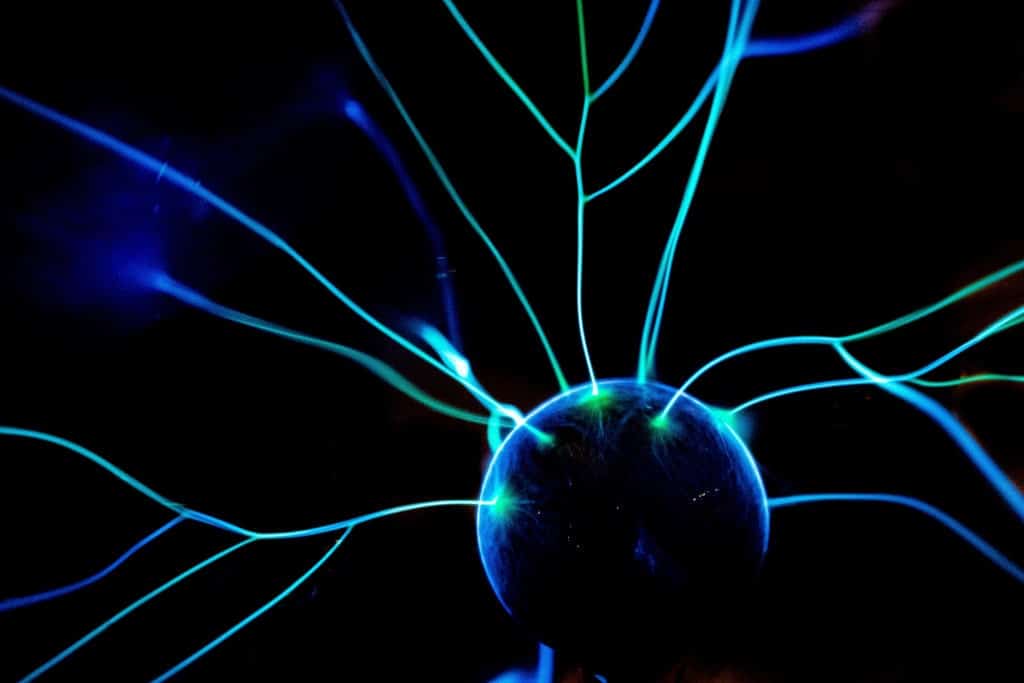About 50% of TBI patients are hospitalized with a diffuse axonal injury (DAI). They are so severe that 25% of the cases lead to death. And if this is not the case, it puts the victim’s life completely on hold. Victims and their families are entitled to seek compensation for a person’s negligence, be it medical personnel or not, if it causes them or their loved ones brain injury.
Symptoms of DAI may vary. Some common ones are; disorientation, throbbing headache, nausea, dizziness, lack of balance, and difficulty sleeping.
DAI is one of the most common types of brain injury and the most catastrophic.
What is Diffuse Axonal Injury?
A diffuse brain injury is an injury that does not take place in a particular location but rather spreads across a large part of the brain. The term ‘axonal’ refers to the nerve fibers that are connected to the neurons in the brain. These axons are very important in transmitting electrical impulses that control body systems. So, when they are damaged, they deter the proper functioning of the brain.
According to Healthline, diffuse axonal Injury is a traumatic brain injury that occurs when the brain moves rapidly inside the skull, which leads to the shearing of the axons.
In traumatic impacts, such as automobile accidents in rear-end collisions, there might not be any skull fracture or head injury. Still, brain injury occurs due to the sheer force with which the brain slams against the skull.
Diagnosing a DAI is very complicated because the victims are almost always unconscious and unable to clarify their symptoms. Therefore, doctors have to use certain tests such as MRI, CT scans, evoked potentials, and EEG tests to be sure. MRI and CT scans are not always reliable because changes in the brain are often very tiny.
It is advised for head injury victims that are conscious to immediately seek a neurologist for evaluation, regardless of if they are experiencing any symptoms. Some injuries bring about no symptoms for days after the accident or incident occurs.

Causes and Complications of Diffuse Axonal Injuries
There are numerous causes of diffuse axonal injuries, ranging from penetrative injuries to extreme forces.
The most common cause is automobile accidents. During a collision, the rapid head acceleration and deceleration will cause the brain tissues to slide over one another, causing shearing injuries. In turn, the shearing injuries cause lesions on the brain. When an automobile accident happens, the victim collides directly with the vehicle, leading to brain damage.
A case that displays an automobile accident resulting in a DAI is recorded here. In this case, a two-year-old boy was struck down by a car. He suffered a diffuse axonal injury and was nearly dead. The kid was treated at a hospital with a brain injury unit specifically for children. With the help of his lawyer, the insurers paid for all the boy’s needs, and a positive change started to reflect. His family got a multimillion-pound settlement.
Another cause of this type of brain injury is assault. A blow or a kick to the head can be listed under ‘sheer forces’ as a cause of diffuse axonal injury.
An example of DAI from assault is the case of a 52-year-old man who was assaulted after a night out playing darts. The man obtained a skull fracture, a diffuse axonal injury that led to the loss of his ability to smell and taste, and lastly, a psychological injury. The victim arrived at the hospital barely conscious, and a CT scan showed that his brain was bleeding and he had a fractured skull. He was transferred to another hospital and taken to the neurosurgery ward. He won a five-figure settlement.
Some other causes of diffuse axonal injury are sport-related accidents, child abuse, falls, and accidentally inflicted gunshot wounds.
This injury nearly always results in a coma or vegetative state and death. For those that survive, like in the two cases above, there’s always a permanent impairment plaguing the victim, and the recovery takes forever.
Sadly, there are no current available surgeries to treat a diffuse axonal injury because it is impossible to repair damaged nerves and revive brain cells.
Effects of Legal Animation In A Diffuse Axonal Injury Case
Brain injuries are best explained in a court of law with demonstrative aids. They are far too complicated and filled with scientific jargon not to have a relatable visual representation for the jury.
Trial exhibits should be presented to show the comparison between an uninjured brain and an injured brain. The process of the brain bouncing around in the skull rapidly. That exact movement should be shown with animation for the jury to see how vicious the impact is and the effect on the brain.
The expert witness should provide demonstrative exhibits to show how brain injury impairs the victim in one way or the other and how long and arduous the recovery is. There should be a clear-cut representation of the victim before and after the incident because there is a huge difference that cannot be overlooked.
All these visual aids are sure to secure any win concerning brain injuries, particularly diffuse axonal injuries.
However, it’s essential to consult the services of a neurosurgeon, who will properly diagnose the case and work closely with a legal animation company to create an exhibit that will be admissible.






